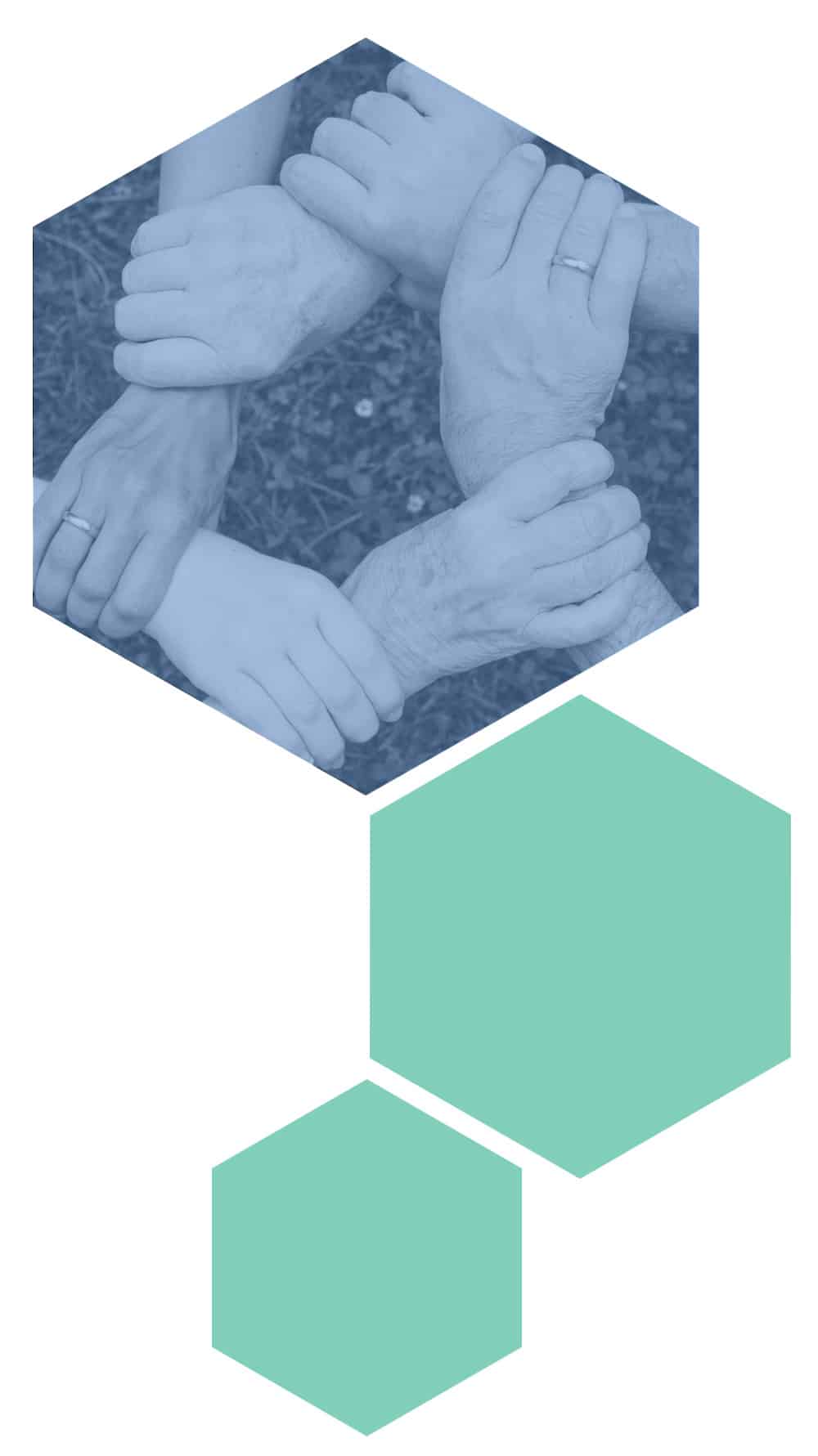Safety Protocols and Wellness for All Individuals

Safety Protocols and Wellness for All Individuals
Ensuring the safety of community responders and the people they serve is crucial to the success of community responder programs. While existing community responder programs across the U.S. do not indicate that injury to staff is an issue, it is important to have clear policies and protocols that detail steps to keep everyone unharmed. These should include an emphasis on staff wellness and trauma-informed approaches since secondary trauma is common in underserved communities and their first responders.
Ways to Promote Safety and Wellbeing
1. Provide ongoing supervision to support staff
Real-time, 24/7 consultation and regular supervision of staff can help responders make quick decisions in a safe manner for all involved.
Read More
This kind of supervision can reinforce response principles that help people practice de-escalation and emphasize using a trauma-informed approach, both of which can support positive interactions among everyone involved in the request for service. When responding to calls in the field, community responders should also be equipped with rapid response communication devices to ensure their safety.
2. Ensure adequate staffing ratios
Depending on the team structure used, existing community responder programs deploy anywhere between two and four responders to each call. Therefore, as communities begin implementing community responder programs nationwide, they should consider hiring teams of two to four people to be able to serve the community safely and effectively.
3. Institute wellness checks with staff
Regular wellness checks can help to identify potential burnout symptoms among staff and mitigate any effects of secondary trauma. These checks can be done in a variety of ways, including through one-on-one sessions with a supervisor, a licensed mental health clinician, or screening tools to assess responder wellness.
Read More
No matter the approach, wellness checks should include a focus on assessing staff’s ability to cope with job stressors and providing them with healthy strategies for dealing with future challenges. Note that while this job can be stressful for anyone, it is particularly stressful for people who are working as peers or who have their own mental health conditions or a lived experience with crisis systems, making wellness checks critically important for these staff.
4. Offer competitive benefits and compensation
Staff working on the front lines who are often responding to challenging situations should receive competitive salaries and benefits to compensate their work. Benefits are particularly important to ensure that community responders can access health and social services in order to provide ongoing support for staff wellness.
5. Establish clear protocols for accessing backup during a call
Based on data collected from 7 active community responder programs in the U.S., only 0.014 percent of 23,500 calls have required police backup. Additionally, a 2019 study found that 84 percent of behavioral health-related 911 calls did not involve any type of violent behavior or the presence of weapons.
Read More
However, it is still important to have clear, written policies and protocols in place if community responders need additional support or backup from police, the fire department, or EMS. This may be necessary if a call includes a medical emergency beyond what the community responders can address or becomes violent. There should also be training for all community responders on how to interact with other first responders while in the field and identification of additional medical needs; depending on the program staffing, this training can include topics such as overdose or acute intoxication.
Resources
This article highlights common myths about the safety of community responder teams and provides data and information from existing programs to address these misperceptions.
 Promoting Staff Wellness to Support Outreach Workers: Q&A with the Newark Community Street Team | 2021
Promoting Staff Wellness to Support Outreach Workers: Q&A with the Newark Community Street Team | 2021
Staff at The Council of State Governments Justice Center spoke with Founder and Board Chair Aqeela Sherrills, Deputy Director Solomon Middleton-Williams, and Policy Director Elizabeth Ruebman to learn about their approach to prioritizing staff wellness within their program and how this could be used as a model for other community responder programs.










